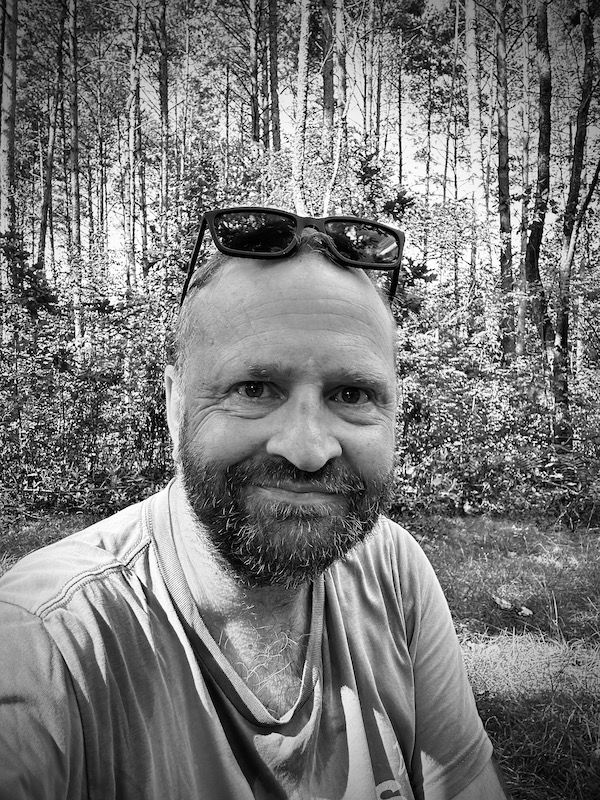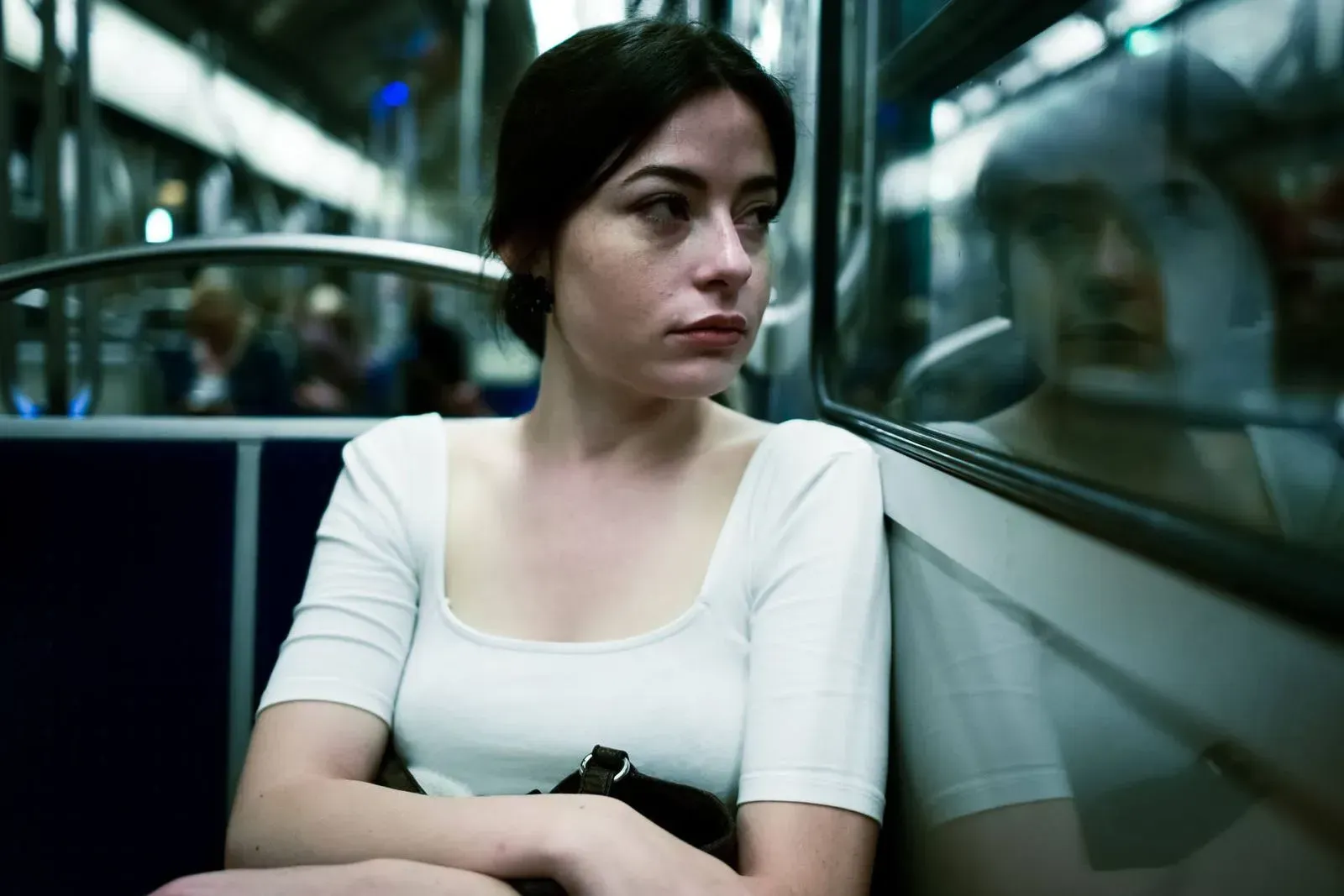Cities perform. They stage themselves, choreograph their identities and present different faces depending on who's watching. But what if the most patient audience isn't human at all?
In my latest project, What The Water Sees begins with a simple inversion: instead of documenting how Belgrade presents itself to visitors, tourists, or even residents, this investigation asks what the city reveals to its rivers. The Sava and the Danube have been watching Belgrade far longer than any of us - through empires, wars, reconstructions, booms, collapses. They've seen every version of this city.
And they're still watching.
The Rivers as Witnesses
Water doesn't judge. It doesn't interpret or mythologise. It simply sees - continuously, patiently, without agenda. The Sava flows along Belgrade's southern and western edges, tracing what was once the border of the Austro-Hungarian Empire. The Danube curves around the north and east, connecting this city to Europe and the Black Sea. Together they meet at Kalemegdan, the fortress that exists precisely because of this confluence.
Here, Belgrade performs itself as a meeting point - of rivers, of empires, of East and West, of historical narratives. But does the city actually believe its own mythology? Or is that performance just for us, the temporary observers?
The rivers know the difference.
What The Water Sees treats the Sava and Danube not as scenic backdrops but as witnesses with perspectives of their own. From the waterline looking back at the city, what does Belgrade stage? What does it reveal? What does it try to hide? And critically: does the same city perform differently for different waters?
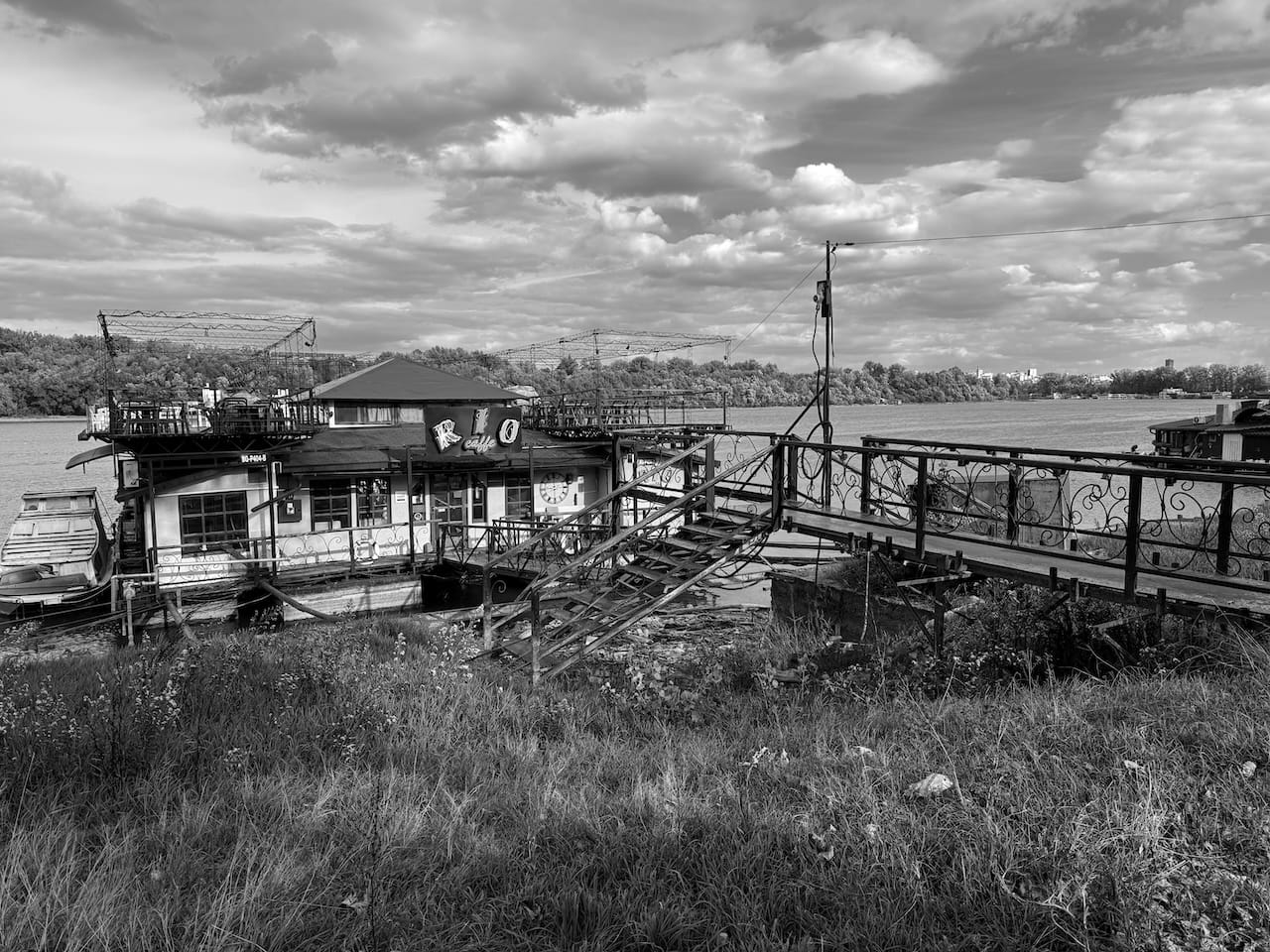
The Confluence Protocol
Unlike the circular route I used in Warsaw- imposing geometry on a city - Belgrade's investigation follows the city's actual geography. This isn't about walking a neat perimeter. It's about tracing convergence.
The protocol will unfold in four phases:
Weeks 1-3: The Sava Performance
Walk the southern and western zones where Belgrade faces the Sava. Stay low, follow the water, observe from the river's perspective. How does the city present itself here? These neighbourhoods exist in the Sava's constant gaze - what has that shaped? The Sava was the imperial border. Does that history still structure how the city performs on this edge?
Weeks 4-6: The Danube Performance
Trace the northern and eastern zones along the Danube - the "grand" river, the European connection. Does Belgrade perform more ambitiously here? More cosmopolitanly? This is the same city but a different water. By Week 6, the comparison becomes visible: which river gets which version of Belgrade?
Weeks 7-8: The Interior
Now move inland, to zones where rivers aren't visible, where water isn't part of the stage design at all. These landlocked neighbourhoods resist riverine interpretation. They perform something else entirely - post-socialist planning, contemporary Balkan capitalism, ordinary urban life without the confluence mythology. This is where the investigation must complicate itself. Not everything in Belgrade is about meeting points.
Weeks 9-10: The Confluence
Return to Kalemegdan, where the rivers actually meet. But now you've walked both edges and the interior. You understand what each river witnesses separately and what exists beyond their gaze entirely. So what does the confluence point actually mean? Who is that performance for?
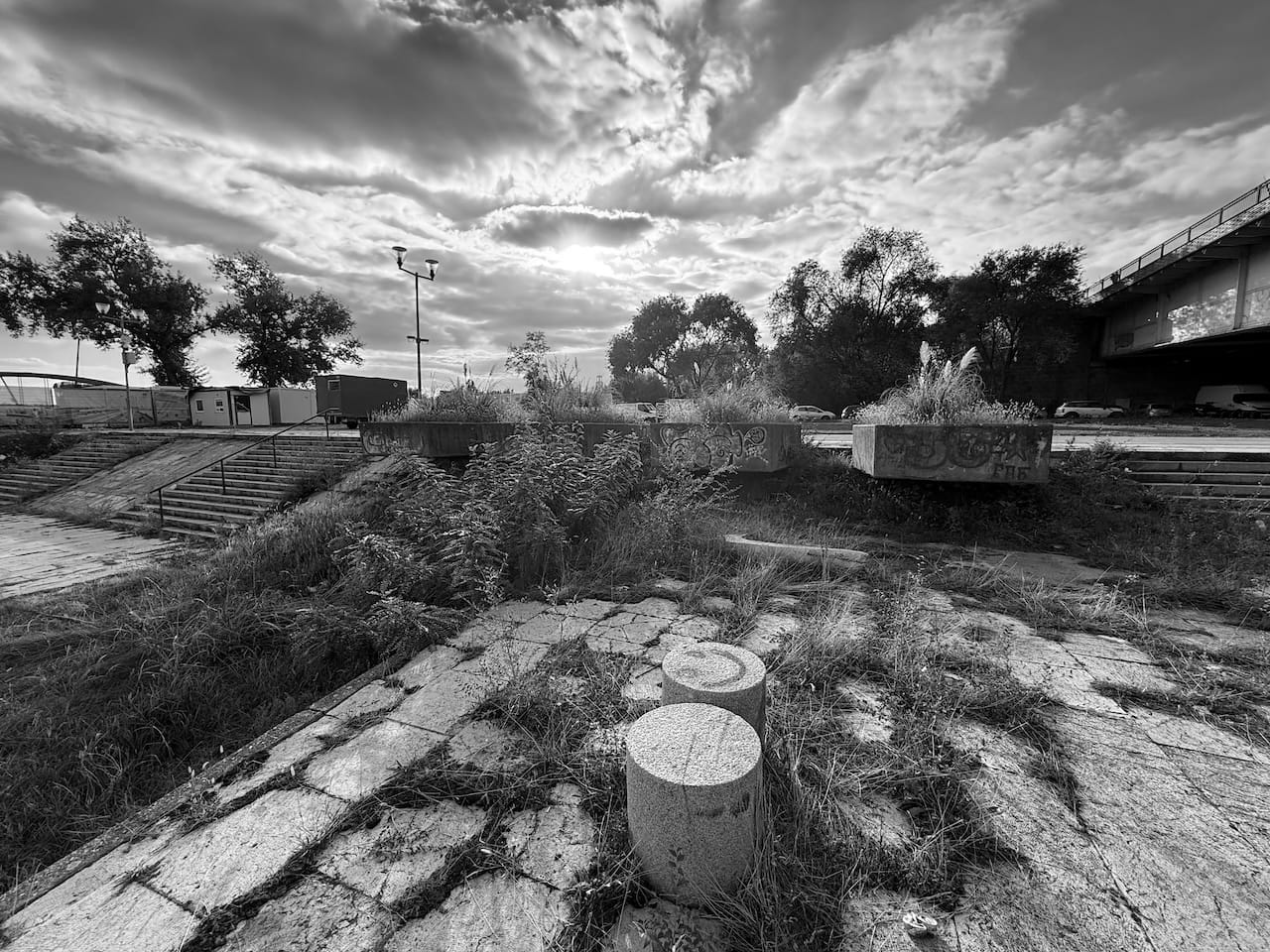

From The Danube at Sajmiste
Why Rivers?
Rivers are the original infrastructure. They determined where cities could exist, how they could trade, which empires could control them. Belgrade is Belgrade because of these two rivers. But over time, cities turn their rivers into amenities, decoration, real estate opportunities. The water that created the city becomes just another feature in the urban performance.
What The Water Sees inverts that relationship. It asks: if we treated rivers not as urban features but as long-term observers with their own perspectives, what would they tell us about the cities they created?
There is a methodological advantage here: rivers don't care about my frameworks. They've watched Belgrade perform for centuries - Ottoman, Austro-Hungarian, Yugoslav, bombed, rebuilt, modern. They've seen every single act. They know when the city is performing for outsiders versus just existing for itself. They reveal what changes and what remains constant through all the versions.
Performance Without Audience
One of the investigation's core questions: Does Belgrade perform differently when no one is watching?
There are neighbourhoods along the Sava that clearly stage themselves for the water - cafes facing the river, promenades, development that acknowledges the waterfront. But there are also zones where the city simply turns its back, where the river is incidental, where proximity to water shapes nothing about identity or infrastructure.
Same river, different relationship. Why?
And then there are the interior zones, beyond either river's witness. These neighbourhoods perform for themselves, or maybe they don't perform at all - they just exist, function, persist regardless of how visitors or tourists or even the Sava and Danube understand Belgrade's confluence mythology.
What The Water Sees documents all three: the deliberate performance, the indifferent adjacency, and the interior existence that has nothing to do with rivers at all.
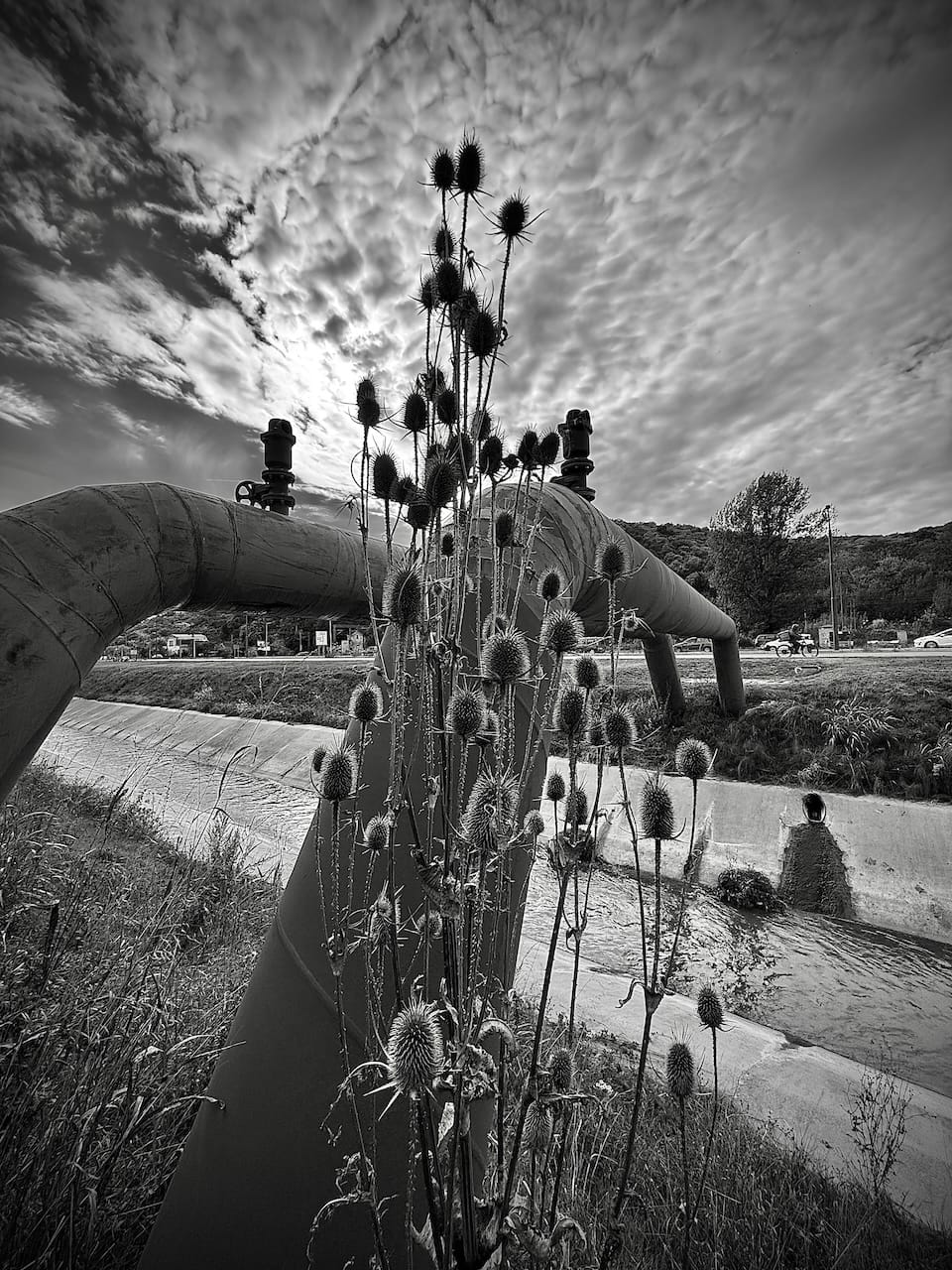
Memory vs. Observation
Here's what I think makes rivers particularly useful as witnesses: they have memory, but it's not human memory.
Human memory is interpretive, selective, prone to nostalgia and revision. We remember cities the way we want them to have been. But rivers? They carry sediment, debris, chemicals, temperature changes - physical records of what actually happened. They remember flood levels, pollution events, infrastructure changes, seasonal patterns. Their memory is material, not emotional.
When I document what the Sava sees, I'm not projecting feelings onto water. I'm asking: what does this specific geography reveal about how the city actually functions versus how it wants to be understood?
In doing so, the investigation creates a comparative database: Belgrade as seen from the Sava, Belgrade as seen from the Danube, Belgrade beyond water's witness. Three datasets, same city, different exposures.
The Investigation as Method
What The Water Sees is not landscape photography. It's not urban wandering. It's systematic documentation using a specific organising principle: rivers as witness, confluence as structure, water's perspective as counterpoint to the city's self-presentation.
Each walk follows the waterline as much as possible. Each observation notes what the river can see versus what it can't. Each zone gets categorised: facing the water, adjacent to water, indifferent to water, beyond water's reach. The patterns that emerge aren't imposed - they're revealed by asking what becomes visible when you investigate from the water's position.
The four-phase structure isn't arbitrary either. It follows Belgrade's geography: two rivers, one interior, one confluence. The investigation doesn't invent a framework and force the city into it. It uses the city's actual structure as the method.
By the end, I'll have walked both rivers' edges, documented the interior, and understood how the confluence point functions (or doesn't) as the organising mythology Belgrade uses to explain itself. What The Water Sees will be the complete documentation of that investigation - not an interpretation, but a record of what becomes visible when you ask cities to perform for their rivers instead of for us.

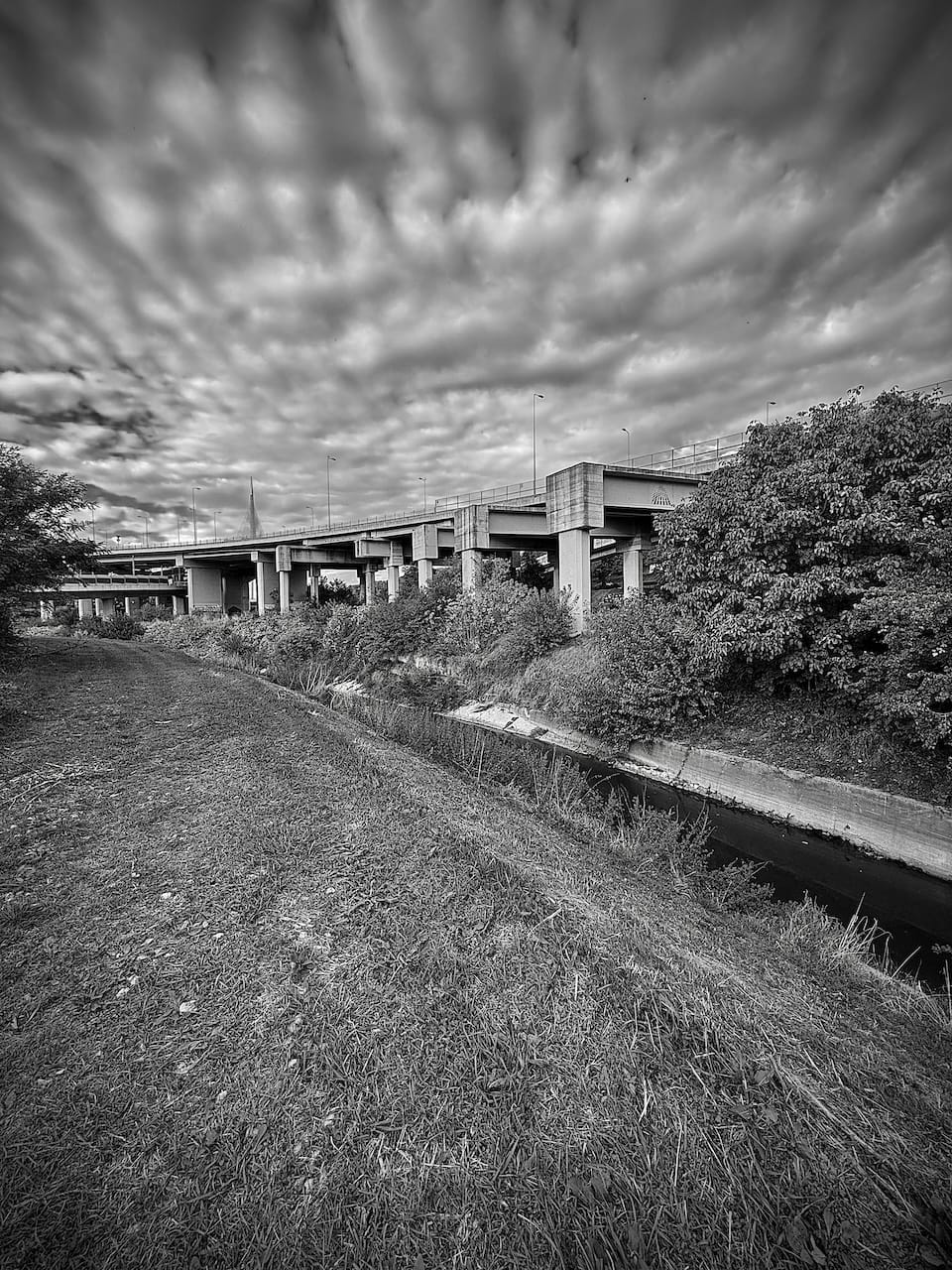
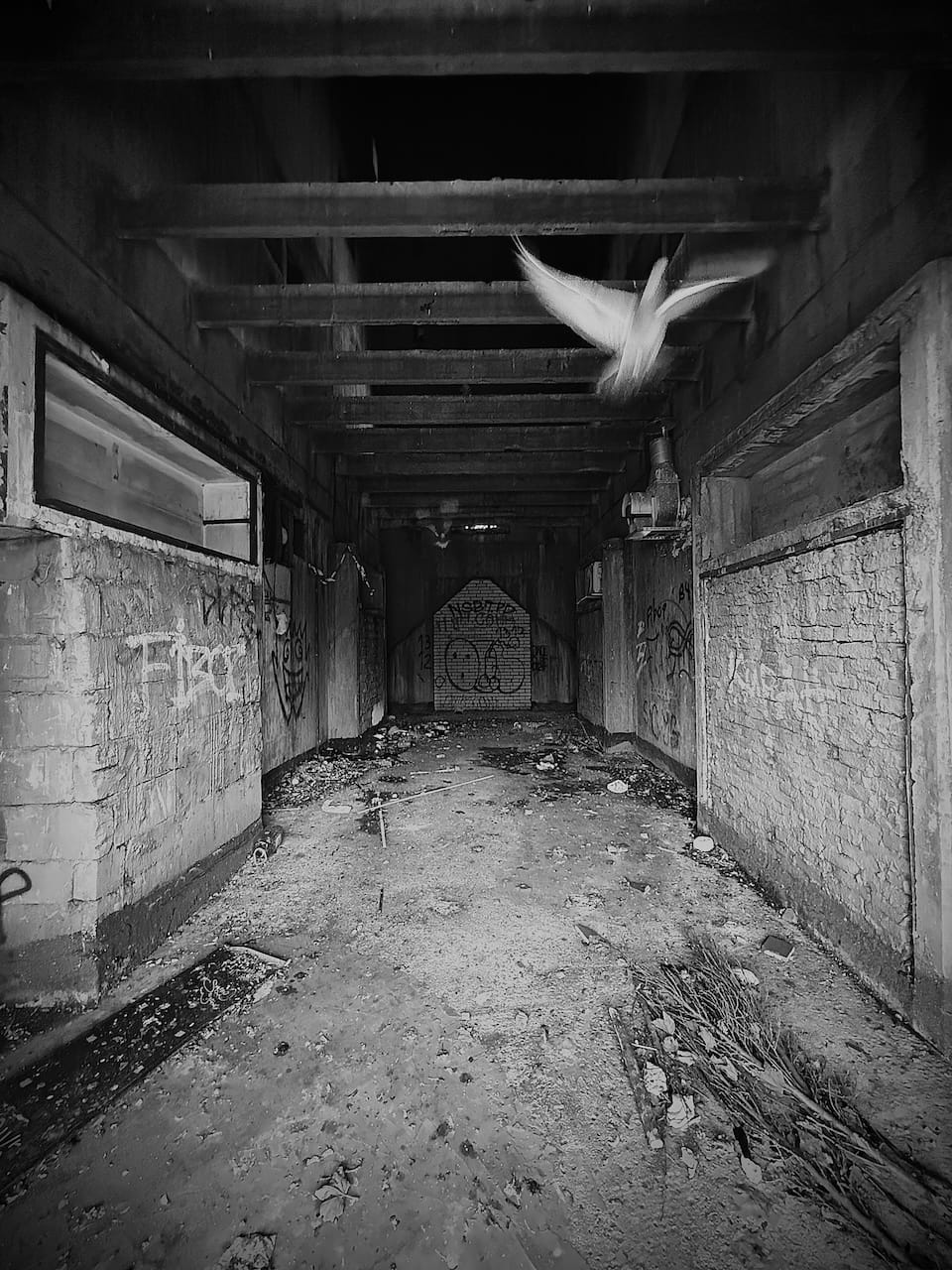
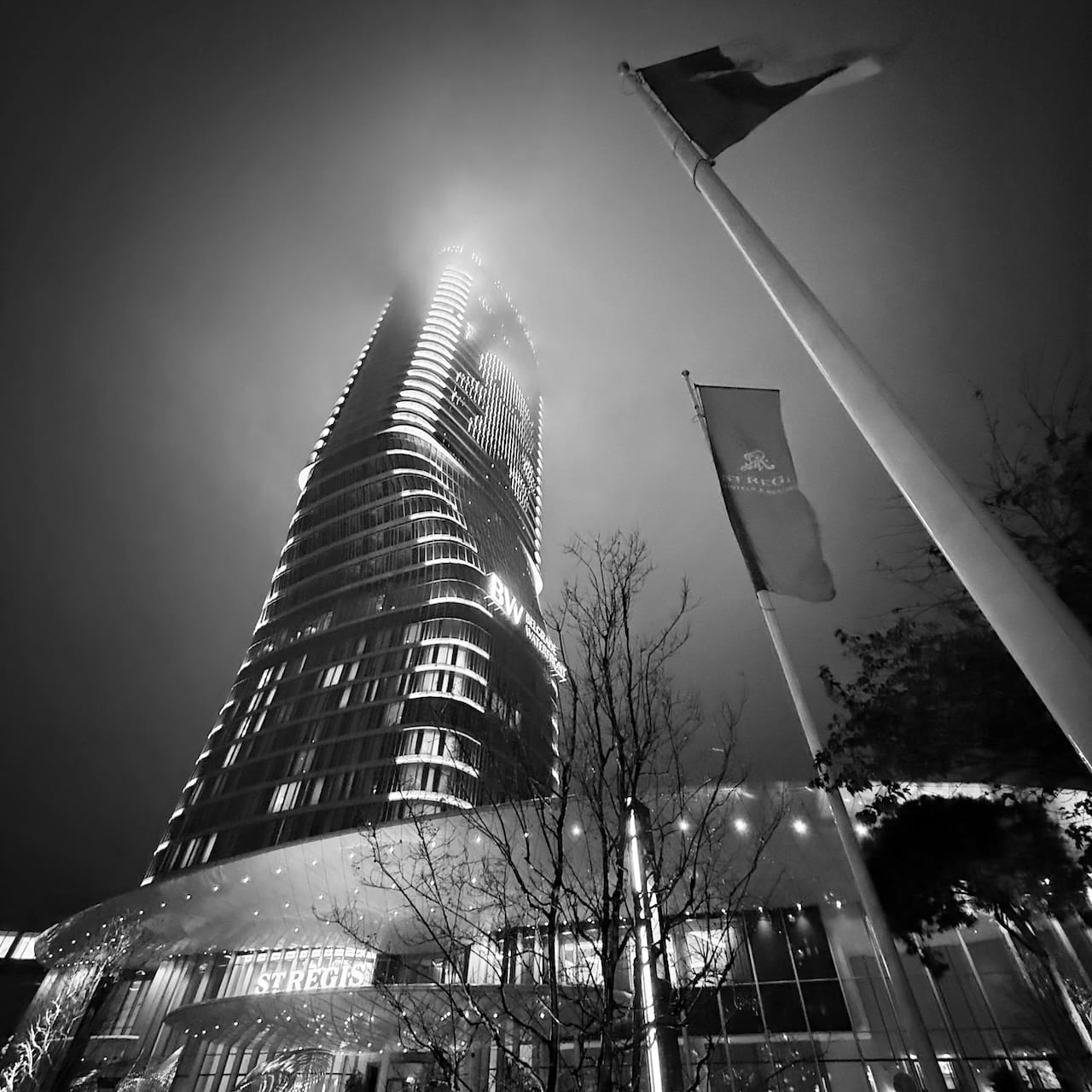
Why Am I Doing This?
Well, I don't believe cities are just static objects waiting to be understood. They're active performances - constantly staging themselves, revising their presentations, responding to different audiences. Most urban documentation accepts the city's self-presentation at face value. We photograph what cities want us to see. We walk where they've designed us to walk. We understand them through the narratives they've prepared for us.
What The Water Sees refuses that. By using rivers as the primary witness, the investigation finds what cities reveal when they're not performing for human audiences. Water doesn't care about branding, mythology, or urban planning rhetoric. It just sees what's there - the actual infrastructure, the real relationships between neighbourhoods and geography, the honest ways cities function when they're not being watched by tourists or documented by photographers.
Belgrade might perform itself as confluence, as meeting point, as synthesis of East and West. But what do the rivers actually see? Do they confirm that performance, or complicate it? What The Water Sees will answer that question through 10 weeks of systematic observation from the water's perspective.
A Note on Methodology
This is a Warsaw Winter Theatre Company investigation, which means it combines:
- Extended residency: 10+ weeks in Belgrade, walking systematically
- Theoretical framework: Cities as performance, rivers as witness, confluence as structure
- Rigorous documentation: Every zone mapped, every waterside walk logged, comparative analysis across both rivers
- Honest output: Not trying to arrive at predetermined conclusions; documenting what the investigation actually reveals
WWTC methodology treats cities as objects worthy of serious investigation, not just backdrops for travel content. The goal isn't to say "Belgrade is beautiful" or "Belgrade is complex" - it's to systematically document how Belgrade performs itself for its rivers, what that performance reveals and conceals, and whether the confluence mythology the city uses to explain itself holds up under sustained observation from the water's perspective.
What Comes Next
The investigation is ongoing. I'm currently in Phase One: The Sava Performance (Weeks 1-3), walking zones along Belgrade's southern and western edges, documenting what the Sava witnesses. Each week produces documentation - photographs, observations, analyses of how neighbourhoods present themselves to this particular water.
By Week 10, just before I leave, I'll hopefully have complete datasets for both rivers, the interior zones, and the confluence point itself. What The Water Sees will be the synthesis: a complete account of what becomes visible when you investigate Belgrade not as visitor, tourist, or even resident, but from the rivers' perspective - the witnesses who've been watching longest and who see most clearly because they have no investment in the city's mythology about itself.
Rivers don't lie. They just see. This investigation documents what they witness.
What The Water Sees is a ten-week investigation conducted in Belgrade, October-December 2025, as part of the Warsaw Winter Theatre Company's ongoing project of investigating urban performance through sustained residency and theoretical frameworks. Follow the investigation in real-time through weekly lab reports and photographic documentation.


